No preset limit cards*, aka flexible spending cards, aka charge cards, may look like regular credit cards, but they are anything but regular. There are significant differences that you need to be aware of. Here in this post, we will discuss everything you need to know about charge cards and the key differences between charge cards and regular credit cards.
Which cards are charge cards
Before we get started, let’s list the cards that are considered charge cards.
The Platinum Card from American Express
The Business Platinum Card from American Express
American Express Business Gold Card
Business Green Rewards Amex Card
Capital One Spark Elite
No credit limit
One of the main differences between charge cards and regular credit cards is that charge cards do not have a preset limit, the limit fluctuates as you use the card and make payments. The more you swipe on the card and pay back, the higher your spending power will be.
But how do you know how much you can spend? Both Amex and Capital One offer an option to test your purchasing power. You can use that tool to put any amount that you’re planning on swiping on the card and the tool will let you know if the transaction will get approved or not. You can find the tool in your online profile.
How to increase your spending power
To increase your spending power, swipe a lot on your card and make payments often. Even multiple times per month. The more you swipe and pay, the more you will be able to swipe.
This is in contrast to regular credit cards, where it is not recommended to make several payments per month. Credit cards can shut you down for doing so, but with charge cards, paying multiple times a month is recommended, and actually even encouraged by the banks.
The full balance is due on the due date
Another huge difference between a charge card and a regular credit card is that on a charge card, you cannot carry a balance from month to month. The full balance will be due on the due date. Once your payment is due you cannot pay just a minimum payment. You must pay the balance in full and if not, you get hit with a late payment.
How is credit utilization calculated on a charge cards
In general, credit utilization is calculated by your current balance versus how much percent of your available credit or credit line was used. The higher the percent of your credit line you spend, the higher your credit utilization will be, and the more it will affect your credit score. But when it comes to charge cards there’s a problem as these cards don’t have a preset credit limit. So the question is how does Fico calculate credit utilization in regards to charge cards?
The old method
In the past, Fico used to use the highest balance within the last 24 months as the credit limit. Based on that amount, they used to calculate the credit utilization. For example, if your highest balance you had on a charge card was $10,000 and in the last month, you spent $5,000 on the same charge card your credit utilization would be 50%.
The problem was that if someone had the same spending pattern every month, then his credit utilization would always be maxed out or close to maxed out and his credit would be killed.
The new method
Fico has announced that charge card/ no preset limit card balances will no longer be factored into credit utilization calculations. This basically means that having a high balance on a charge card will not affect your credit utilization any longer.
But please keep in mind that a high balance on a charge card will still affect your overall high credit usage, which is also a factor in the Fico scoring model.
Do not get too excited
It is important for you to know that even if Fico changed the way they calculate charge card utilization on their new models, unfortunately, when it comes to mortgages and some auto loans, the old Fico versions are still used. Therefore (at the time when applying for a mortgage or auto loan), using a personal charge card (not business), will still affect your credit utilization (as explained above).
*No Preset Spending Limit means the spending limit is flexible. [In fact,] unlike a traditional [credit] card with a set limit, the amount you can spend adapts based on factors such as your purchase, payment, and credit history

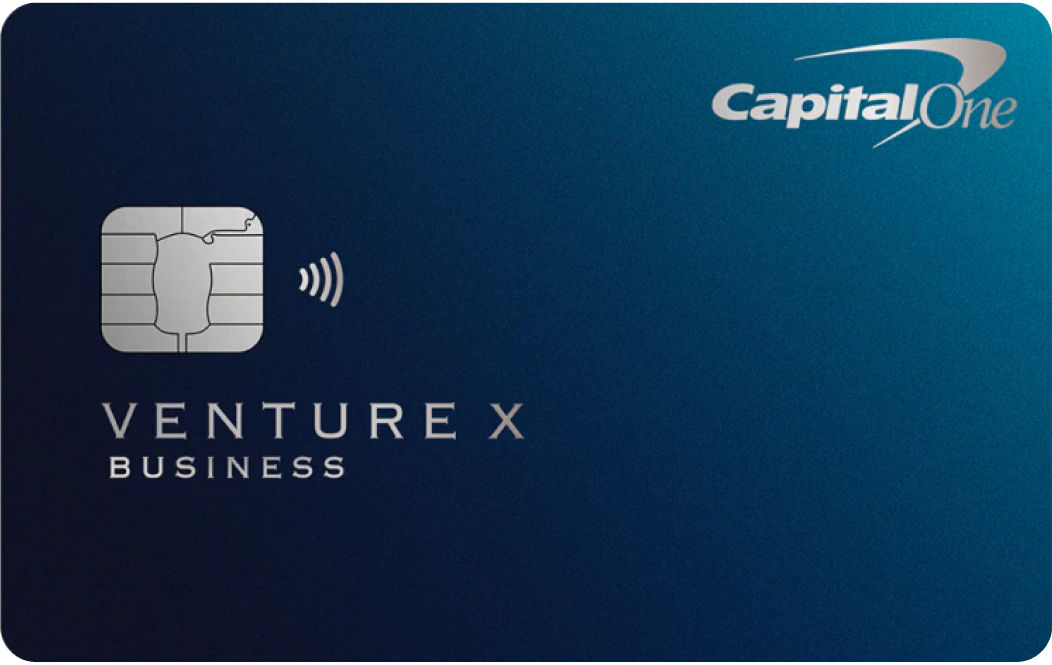
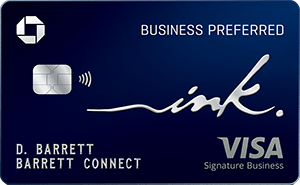
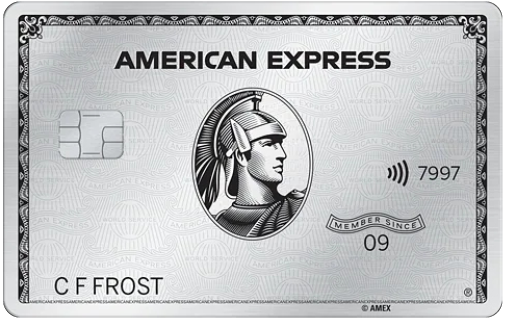
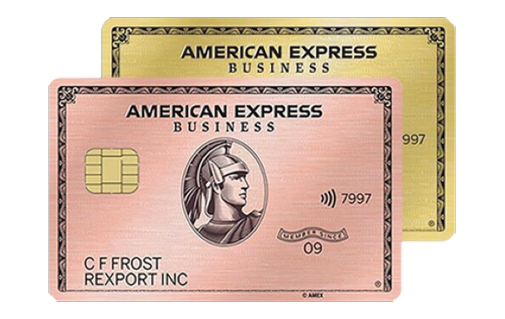
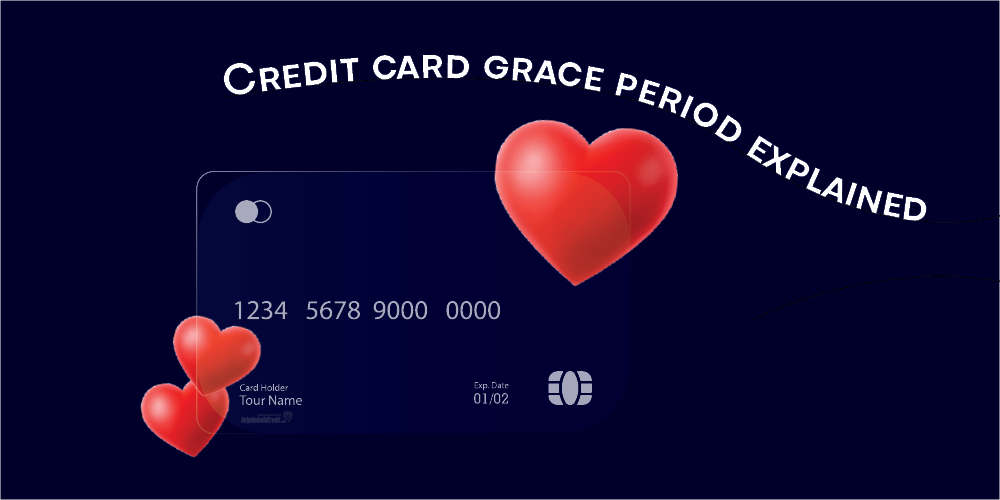
![Best Credit Cards With Airport Lounge Access [2024]](https://helpmebuildcredit.com/wp-content/uploads/2022/06/post-on-cards-with-airport-lounges.png)
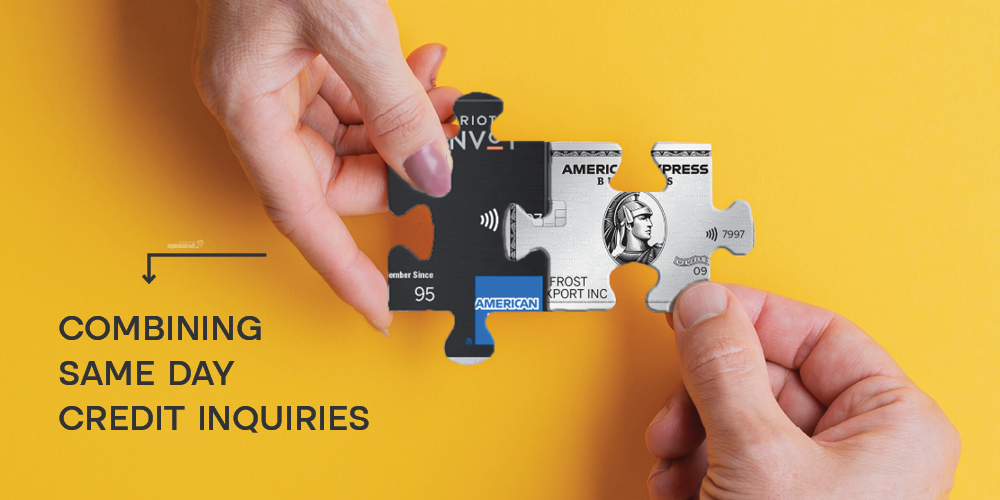
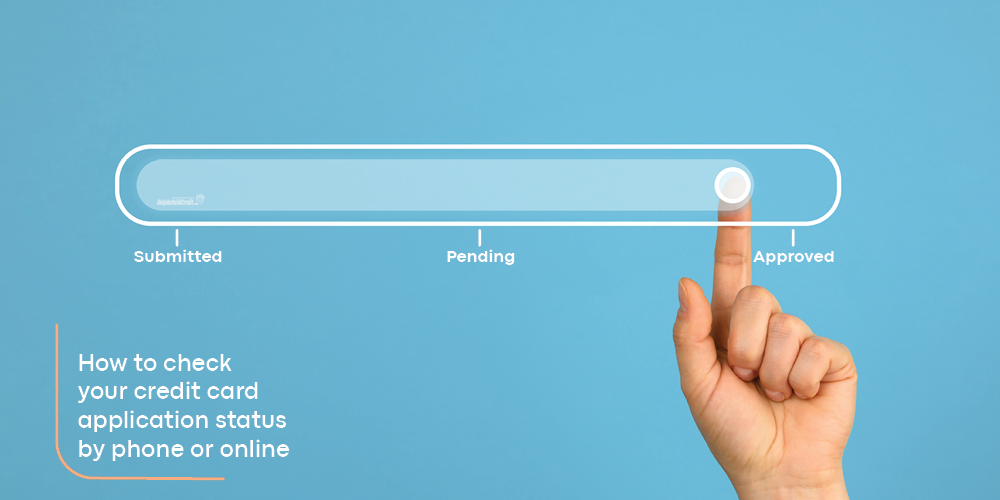
![The 10 Best 0% APR Credit Cards For April [2024]](https://helpmebuildcredit.com/wp-content/uploads/2023/07/Post-on-best-0-apr-cards3-1080x675.png)

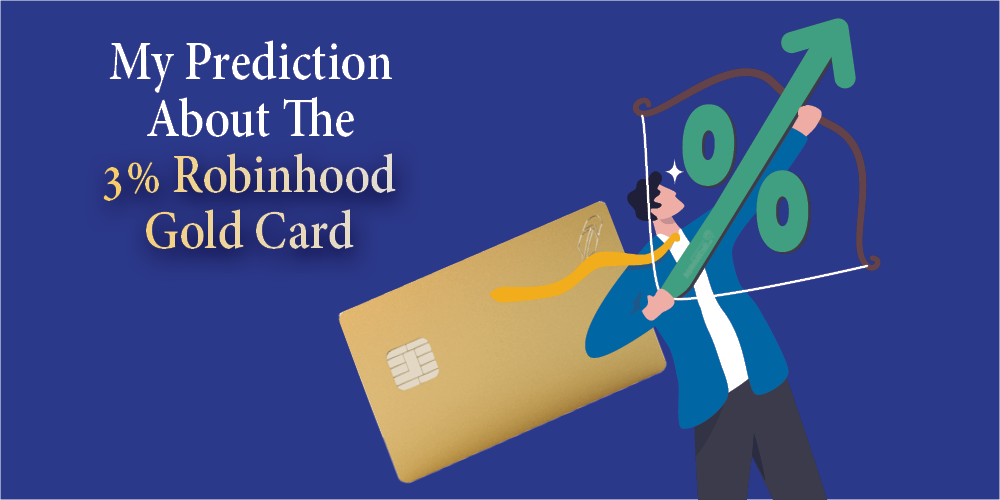
![The 10 Best Credit Card Offers For April [2024]](https://helpmebuildcredit.com/wp-content/uploads/2024/03/post-on-best-offers-april-2024.png)




0 Comments